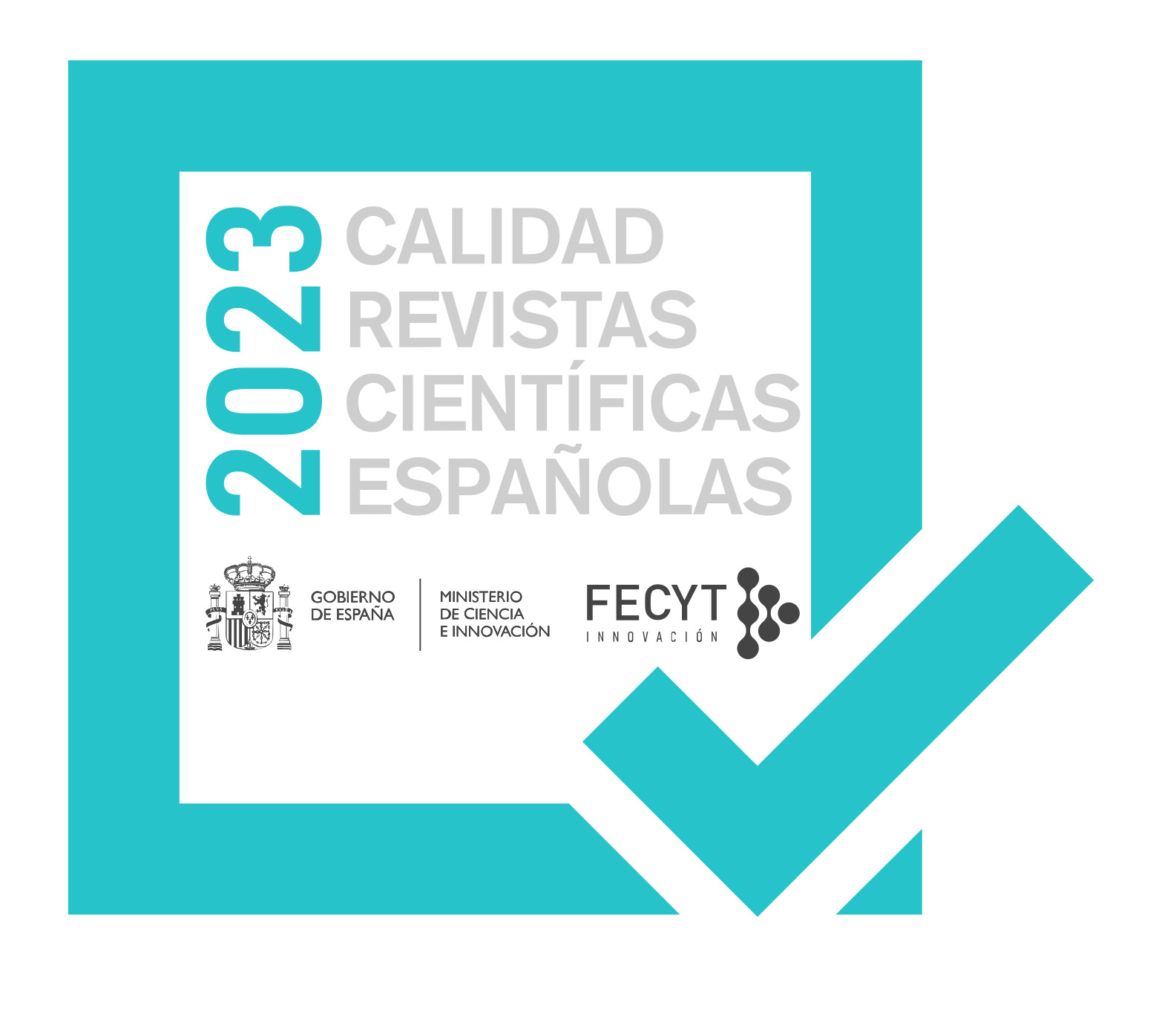Death and Sexuation in Early Modern Age
The Absence of Macabre and Sexual Difference Construction in Women’s Tombstones in Alcalá de Henares and Lisbon
Abstract
The present article proposes a comparative study of the gravestones of the city of Alcalá de Henares and of Museo do Carmo in Lisbon. In their epigraphy, written representations can be found under the form of mentions, names and surnames, and various allusions to the women who were buried there. These women, members of the social elite, possessed the privilege of being buried within the temples. A search of the absence of macabre symbols which do appear, nevertheless, in some masculine gravestones of the same context, opens the way to the formulation of a hypothesis about gender difference. This hypothesis could be denied in some other cases in Spain and England but is confirmed in this present double source. In future investigations we hope to increase this source
Downloads
Article download
License
In order to support the global exchange of knowledge, the journal Eikon Imago is allowing unrestricted access to its content as from its publication in this electronic edition, and as such it is an open-access journal. The originals published in this journal are the property of the Complutense University of Madrid and any reproduction thereof in full or in part must cite the source. All content is distributed under a Creative Commons Attribution 4.0 use and distribution licence (CC BY 4.0). This circumstance must be expressly stated in these terms where necessary. You can view the summary and the complete legal text of the licence.











